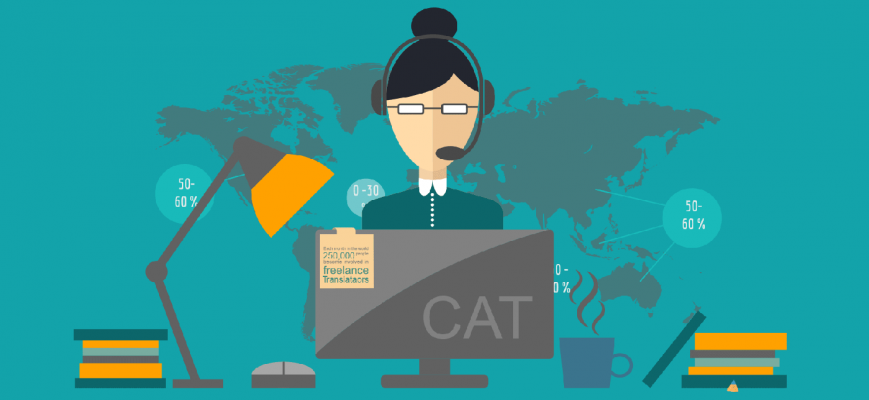The Tools of the Translation Trade
Most translators use translation tools. They make a translator more productive, by increasing the speed of translation. Plus, they can improve the quality of our services in the long-term.
At QuickSilver Translate we make use of state-of-the-art Computer Assisted Translation (CAT) software, or CAT tools.
In most cases, such tools have two versions: for freelancers, and for agencies. Typically, agency licences have far greater capabilities than freelance licences. For example, freelance licences are usually limited to one or two language combinations. Whereas, agency licences can manage an unlimited amount of languages.
Computer Assisted Translation (CAT) tools
CAT tools refer to all specialist software used by translators and language reviewers, to help them work better and faster.
The purpose of these tools is to optimise the process in 3 ways:
- Improve the quality of translations
- Reduce the time it takes
- Reduce the costs associated
The main thing this sort of software does is to ‘remember’ how we translate each segment of text. Therefore, if the same segment appears again in future projects, the Translation Memory (essentially a database) will offer the ‘remembered’ translation as a suggestion.
What is Translation Memory?
CAT tools split a source text into manageable units known as ‘segments’. The software then builds databases of equivalent segments in different languages. The databases of these matching segments form a Translation Memory (TM).
What is a segment?
A segment is the basic semantic unit of a text: ‘the red house’, for instance, or ‘eighty-three’. For example, the TM learns that ‘the red house’ means ‘la casa roja’ in Spanish. So, next time it sees ‘the red house’ in an English to Spanish translation, it suggests the translation ‘la casa roja’.
The translator can choose to accept the suggestion (‘candidate’), replace it with a new translation, or modify it to better match the source (original) text. This means our translators don’t need to waste time re-researching something which has already been translated, and approved, for the same client.
A Translation Memory stores all of the segments pertaining to a particular client
This enables a consistency of translation in the work we do. Naturally, we build a TM for each of our clients. So regardless of which translator works on a given text, we use consistent terminology in all translations for them.
TMs also enable us to store industry-related terms, guaranteeing a precise and accurate translation of technical vocabulary.
Conclusion
Translation Memories improve workflow and allow greater flexibility in translation. TM databases adapt themselves to the needs of different clients and different contexts. They are highly customisable, and the bigger they get, the better!

